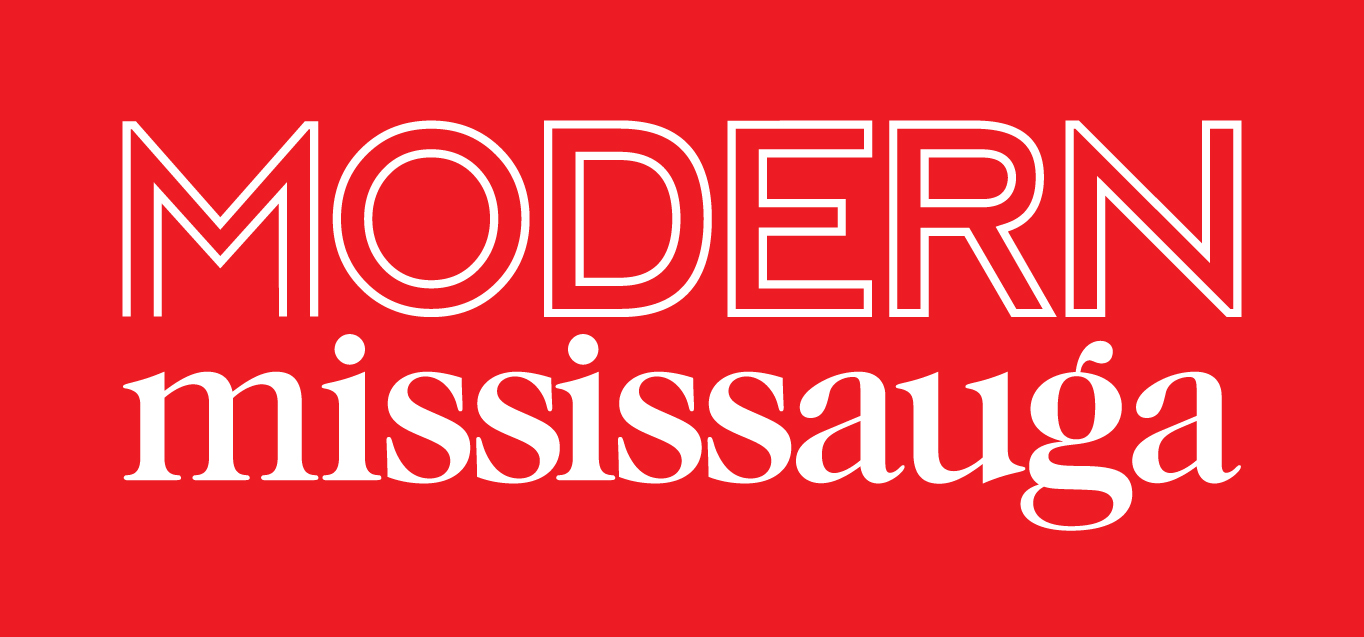Welcome to Britannia in Mississauga
/I recently received an inquiry on a “Welcome to Britannia” road sign along Hurontario Street near Eglinton Avenue. The sign, along with several others, were installed back in 2010 to mark the approximate, if unofficial, borders of the “lost village” of Britannia, or at least the approximate postal area associated with the historic Britannia Post Office.
Britannia - crop from the 1877 Historical Atlas of Peel County
The area around Britannia began to draw colonial-era settlers as early as 1819, shortly after the signing of Treaty 19 between the Indigenous Mississaugas and The Crown in 1818 and the New Survey of Toronto Township undertaken by Richard Bristol in 1819. The name for the cross-roads community that grew around what is now Hurontario Street and Britannia Road, was not officially adopted until 1863 with the opening of the first Britannia Post Office under Postmaster Joseph Muir. Earlier the community may have been referred to as Gardner’s Clearing.
Britannia Post Office Sign
Depicted on the road sign is an image of the Britannia Schoolhouse. The Old Britannia Schoolhouse, known officially as School Section #12 in Toronto Township, was built in 1852 on land set aside by King William IV for the benefit of the children of Peel County. It was the second school building built in the community, and it also served as an early community meeting place. The school closed in 1959, and after sitting derelict until 1982, it was restored and was lovingly cared for, and programmed by, the “Friends of the Old Britannia Schoolhouse”. Countless children from the Peel District Schoolboard fondly recall their field trip days to the Old Britannia Schoolhouse.
Britannia United Church
The road sign also shows a carriage and horses, which take their inspiration from one of the best known stories from the annals of Britannia history: Thellar Washington Johnston (1840-1918) was a noted and respected farmer at Britannia, and in 1890 was known as being one of the preeminent “horse-men” in Canada. In 1896, the Women’s Institutes in Canada collectively presented Lady Aberdeen, wife of then Governor General of Canada (Lord Aberdeen, Governor General from 1893-98), with a carriage and team of horses. The horses were from the farm of Thellar Johnston at Britannia, later known as “Carriage Horse Farm.”
Old Britannia Schoolhouse
One can also imagine that the people depicted riding in the carriage might be on their way to Church or a Sunday Social at the nearby Britannia United (formerly Methodist) Church, which still stands near the historic heart of the village of Britannia, at the intersection of Hurontario Street and Britannia Road (so named because it led to the village of Britannia). The church was built in 1843 on land donated by Joseph Gardner, one of Britannia’s preeminent settlers. In the cemetery behind the church, you can find the names of early settling families, many of whom travelled the historic roadways by horse and carriage, and who helped to shape modern Mississauga from our not-so-distant past.
Old Britannia Schoolhouse
















